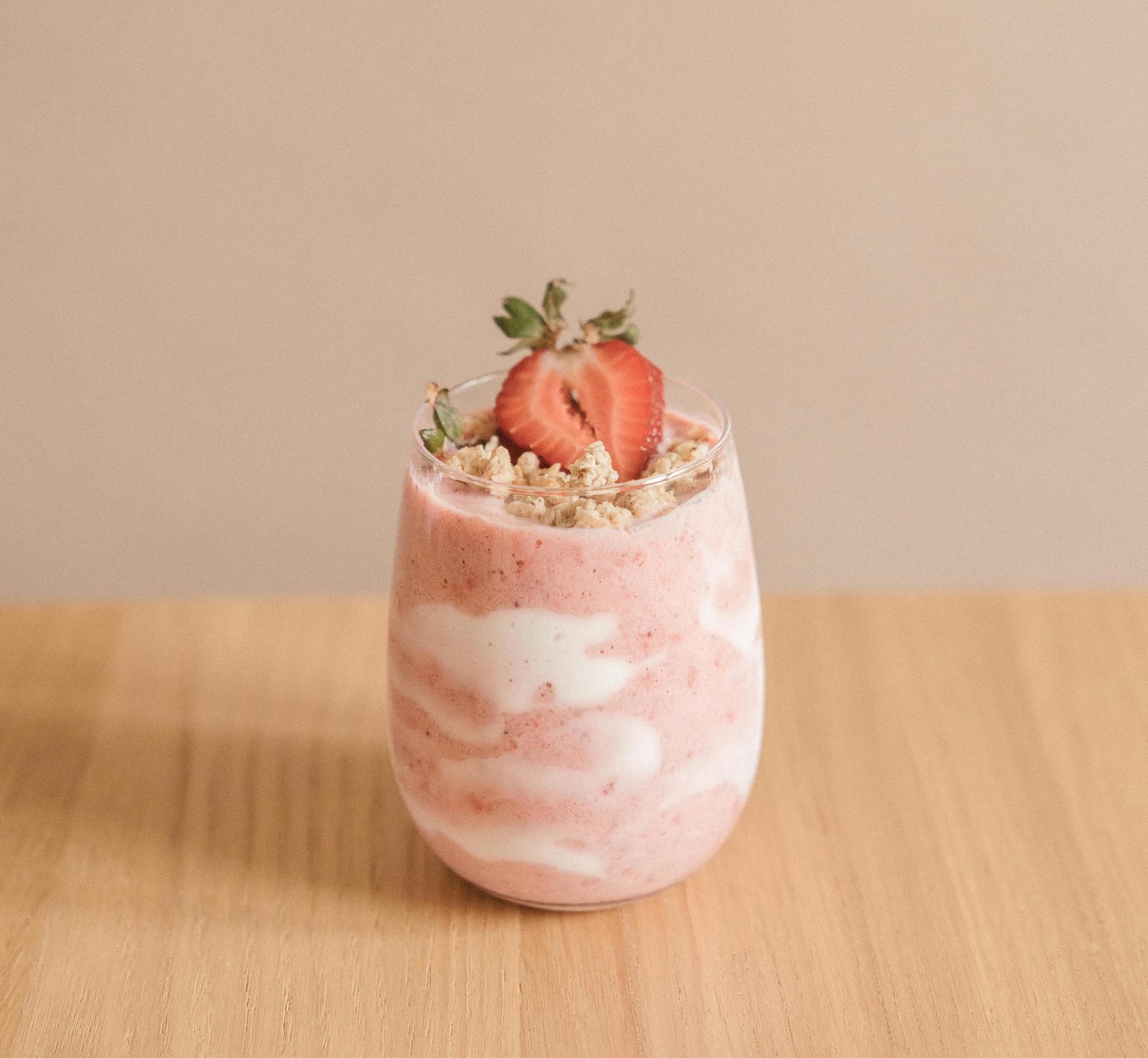Discover why PARAD’ICE by Protelicious is your ultimate summer-proof treat—a pint that stays creamy and cool, even on the hottest days. Take it along to your next picnic and enjoy every scoop, worry-free—no sticky, melty mess in sight!
Introduction
Beyond its nutritional benefits, fans have noticed something fascinating: high-protein ice cream treats melt much slower than regular, low protein and sugar-laden ice cream1. But what is the science behind this? In this article, we’ll break down why high-protein, low-sugar ice creams like PARAD’ICE by Protelicious keep their cool longer, making them the perfect companion for your next picnic or sunny afternoon.
What Makes High-Protein Ice Cream Different?
Traditional ice cream relies on sugar not just for sweetness, but also for texture and structure2. High-protein ice creams, like PARAD’ICE, flip the script: they’re packed with protein and contain zero added sugar. This unique formula changes how the ice cream behaves, both in your mouth and in the sun.
Key Differences:
-
Protein-Powered: Uses high-quality dairy or plant proteins for structure3 .
-
Zero Added Sugar: Relies on alternative sweeteners, reducing sugar content 2.
-
Creamy Texture: Maintains indulgence without the sugar crash5.
This has been a challenge because various teams in food technical research have highlighted for decades the difficulty of adding high levels of protein to ice cream. The difficulty relates to several parameters that must be respected: homogeneity, viscosity, a good mix of fats, normal ice crystal size, and a good overrun (integration of air).
The Science of Melting: Key Ingredients
Protein: The Summer-Proof Hero
Proteins, on the other hand, have a unique ability to bind water and stabilize the ice cream’s structure 1,3. They act as natural emulsifiers, keeping fat, air, and water balanced3. This results in a thicker, more stable ice cream that resists melting—even when the temperature rises1,6.
Sugar: The Fast-Melting Culprit
Sugar lowers the freezing point of ice cream—a phenomenon called freezing point depression 2. This means that, at higher temperatures, sugar-rich ice cream turns to a liquid faster, leading to sticky, melty messes2,5.
Fat: The Creaminess Factor
Fat adds richness and helps slow melting5, but it’s the protein that makes the real difference in high-protein, low-sugar recipes 3. However, in addition to being high in protein, with no added sugar, PARAD’ICE by Protelicious has also the bonus of being reduced fat.
Why High-Protein Ice Cream Melts Slower
-
Water Binding: Proteins lock in water, making it harder for the ice cream to liquify quickly1,3.
-
Stable Structure: Protein-rich formulas create a cohesive matrix that holds its shape3,6.
-
Higher Freezing Point: Less sugar means the ice cream stays solid at higher temperatures2,5
-
Smooth Texture: Smaller ice crystals mean less drip and a creamier bite3,7.
High-Protein vs. Regular Ice Cream: Melting Showdown
|
Feature |
High-Protein Ice Cream (PARAD’ICE) |
Regular Sugar-Based Ice Cream |
|
Protein Content |
High3 |
Low |
|
Added Sugar |
None2 |
High2 |
|
Freezing Point |
Higher2 |
Lower2 |
|
Melting Speed |
Slow1,6 |
Fast 2 |
|
Texture |
Creamy,Stable 3 |
Softer, Melts Quickly 2 |
Why Slower Melting Matters
-
No More Mess: Pop your ice cream in a cooler and take it on-the-go without worrying about sticky drips8.
-
Perfect for Summer: Enjoy your favorite treat at picnics, parties, or the park 7.
-
Better Experience: Creamy texture lasts longer, delivering satisfaction with every bite 3.
Frequently Asked Questions
Does high-protein ice cream taste different?
Not with Protelicious! Our unique blend delivers classic creaminess and flavor, minus the sugar rush but with all the deliciousness you crave.
Is slower melting always better?
For outdoor and family-friendly occasions, absolutely7. Plus, it means less waste and more enjoyment8.
Are there any drawbacks?
Some high-protein ice creams can be denser5, but Protelicious balances nutrition and indulgence perfectly.
Conclusion
The secret to slow-melting, summer-proof ice cream lies in the power of protein1,3 and the absence of added sugar2. With PARAD’ICE by Protelicious, you get a delicious, nutritious treat that stands up to the heat—literally6. It’s the pint that loves you back, with up to 28g of protein, 0 added sugar, indulgent creaminess, and balanced glucose levels. Why choose between indulgence and wellness when you can have both?
Try It for Yourself!
Ready to taste the science in action? Shop PARAD’ICE now and experience the difference. Subscribe for more food science insights!
References
-
Phys.org. (2015). Naturally-occurring protein enables slower-melting ice cream
-
Ice Cream Science. Sugar in ice cream
-
CDRF. (2022). Milk protein concentrates as emulsifiers
-
SciELO. (2011). Effect of sweetener blends on melting properties
-
Lab Manager. (2015). Protein discovery slows melting
-
BBC News. (2015). Slow-melting ice cream ingredient discovered
-
NPR. (2015). I Scream For Slow-Melting Ice Cream





